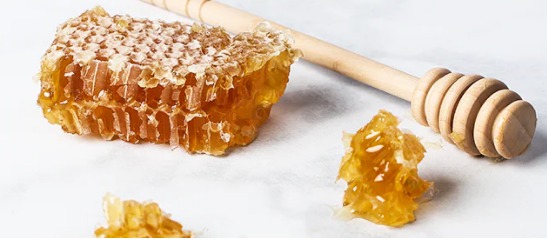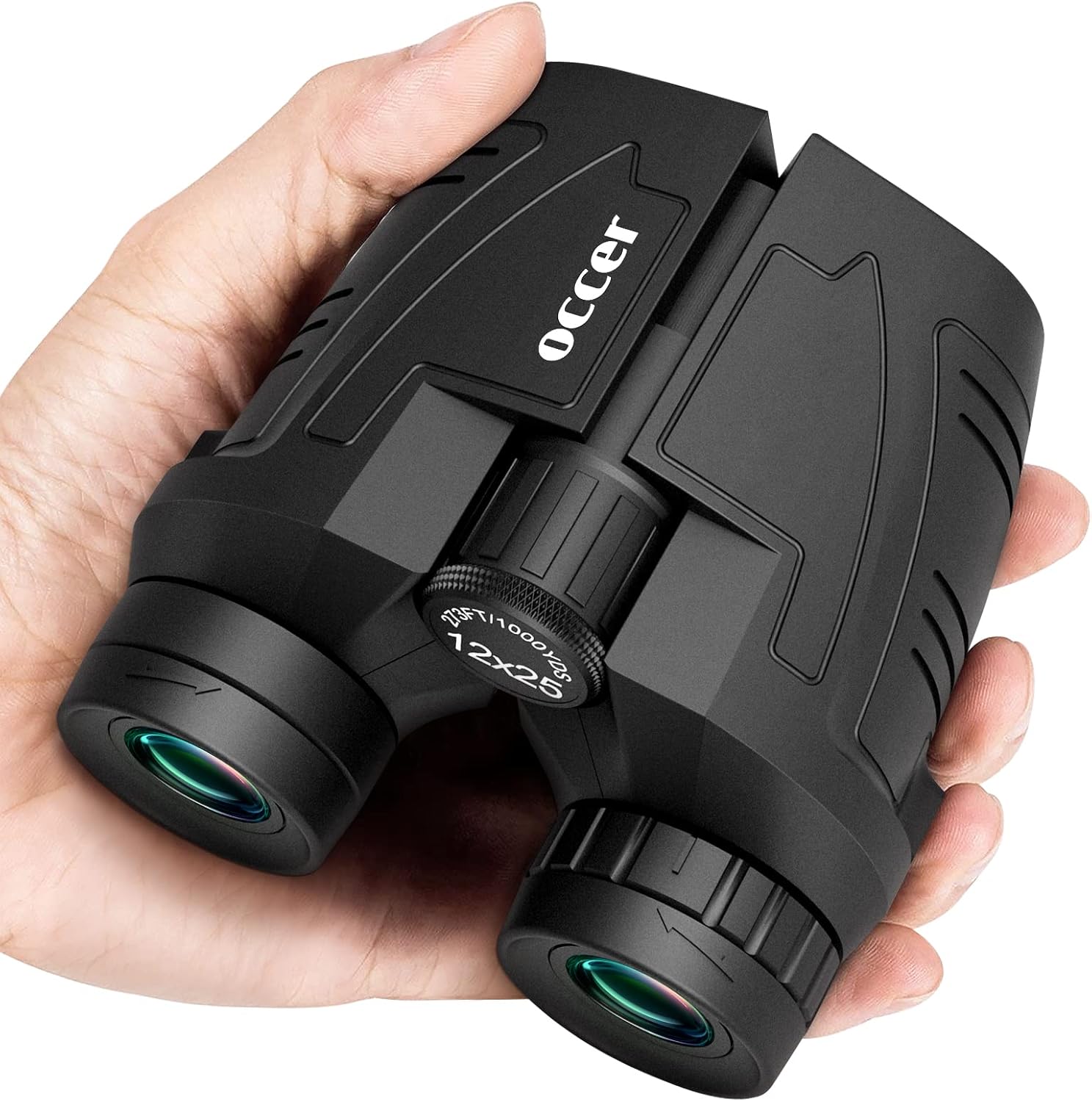I earn commissions if you shop through the links below at no additional cost to you.
Last Updated on March 12, 2024 by Jeremy
Honey! (Yes dear?)
We all have a knack for getting a taste of the sticky sweetness that exists from a bee’s hard work every once in a while. Honey is the natural sugar labeled as liquid gold, and it makes an excellent topping on cake and ice-cream, or even as added flavor enhancer to morning tea.
But have you ever just stared blankly at a container of the golden yellow treat and pondered the difference between organic honey vs regular honey?

One might assume it has a lot to do with how it is transferred or processed and you’d be particularly right up to a point. You see, Organic honey and Regular honey have but just one difference amongst the many varieties of honey that are available, and that is all in the form of processing. Let’s keep reading below to see what I mean!

What is organic honey?
By definition, the word organic according to Miriam-Webster’s dictionary means “a food produced by organic farming”.[mfn]https://www.merriam-webster.com/dictionary/organic[/mfn] To break this down, organic farming from the source of Wikipedia defines it as
“ecological farming or biological farming, is an agricultural system that uses fertilizers of organic origin such as compost manure, green manure, and bone meal and places emphasis on techniques such as crop rotation and companion planting”.[mfn]https://en.wikipedia.org/wiki/Organic_farming[/mfn]
In translation, organic honey is honey produced by the bee in an ecological setting of a farm, but it doesn’t stop there. You see to truly get the organic label, you need to go through a classification process in order to be determined or labeled as organic.
What this means is that as a bee farmer, you need to pass some standards and conditions tests, which are defined briefly below:
- Hive Area – If you want to get your organic certificate for organic farming you start with your bee foraging area. In essence, there needs to be a chemical and pesticide free spot near a clean water area in a non-polluted zone for storage of your beehives.
- Bee maintenance – You’ll have to approach all natural tasks for any bee related maintenance issue that could arise.
- Honey Extraction – Needs to be all organic and pesticide and chemical free. This includes tools used, cleaning products, etc.
Once all of these lines of zero contamination have been met and deemed passed, you are now officially able to produce organic honey. And if this happens, you can now start reaping the benefits of organic honey which includes an enhancement of flavor vs the regular store-bought honey you might be used to.
As an example, here is a company that is involved with making organic honey:

Wedderspoon is based out of New Zealand and has been making a variety of different kinds of honey’s including this organic manuka honey. It comes from the manuka tree which can be found in New Zealand as well as Australia, and is known for its medicinal properties.
What is regular honey?
Now that you have a more descriptive idea of what organic honey is, it’s time to give you the definition of regular honey, which is the opposite of organic honey.
The biggest result in ANY honey no matter if it is organic or non-organic is that you can have RAW honey from both sides, but it only becomes organic through the processing stage. You’ll notice the difference between organic and regular because now you’ll have differences in taste and quality compared to organic honey.
Let’s watch this quick 1-minute video done in India where they do a taste test between organic and regular honey:
Nutritional differences
Now let’s move on to the nutritional differences between organic and regular honey, by comparing two other delicious name brands in that of Y.S. Eco Bee Farms and Sue Bee Honey.
Y.S. Eco Bee has been in the organic honey bee sector for over 25 years, and work closely with bee farms in Canada, Brazil, the US and New Zealand. Sue Bee Honey on the other hand has their honey come from a co-op of 200+ independent beekeepers.
Below is the nutritional information:

Environmental impact
Now let’s consider how organic and regular honey production affects the environment by looking at another honey brand called Wholesome Sweetners. Directly from their website:
“Since our humble beginnings in 2001, Wholesome has established itself as a brand founded on premium quality. Every step of the way, we’ve worked to make a positive impact and bring people together”.[mfn]https://wholesomesweet.com/history/[/mfn]
As their timeline states, they started their production with sugar in 2005, followed by agave syrup in 2006. By 2008 they launched their organic honey line, and in 2015 pancake syrup. Lastly in 2021 they reached a baking line, as well as a few other products not mentioned throughout their history.
Now the reason their impact is so popular is because of the companies “high product quality standards” and “Fair Trade programs”. These programs help positively impact communities around the globe, for example a program they call “The Batchmaker”.
Have a watch on this 2-minute video about the “Batchmaker”:
Price comparison
The next question that arises with this topic is the Cost differences between organic and regular honey. Honey is expensive in general it seems so what would be the difference between the two?
Let’s take an example of a 1kg jar of 100% pure BC Wildflower honey from the Kootenay region called Swan Valley Honey. This regular honey in Canadian dollars costs a total of $20.00 in surrounding areas. Over in the other side of the country in Ontario, you have a company called ONEROOT, and they make a 100% Raw Wildflower Honey for $33.99 from Amazon.ca.
Both examples above are of the non-organic, regular honey department, and when compared to that of a brand named Nature Nate’s, their 2lb bottle (which is awfully close to that 1kg jar) labeled 100% Pure Organic Raw Honey comes in at a whopping $46.51 CDN.
The only reason the prices are almost double is because of the word “organic“, nothing else. This is solely based on my opinion that it’s a marketing ploy, but a more logical reason according to Foodindustry.com is:
“The higher cost is primarily due to the increased cost of production. Organic farmers must adhere to strict standards and regulations, which can be costly.”[mfn]https://www.foodindustry.com/articles/why-is-organic-food-so-expensive/[/mfn]

Conclusion
Buzzing to a close, we’ve officially discovered the differences between organic honey vs regular honey, in that each is defined by the standards that honey is made.
We also know from a taste-testers standpoint that organic honey tastes more rich and pure while showing similar nutrition values compared to two different name brands.
Lastly, we notice the price of organic honey is doubly expensive when compared to the regular honey’s, but differences lie between pure and natural and can vary between locations just the same.
Based on the above mentioned brands, Nature Nate’s Honey seems to get the best rating for taste, but my all-time favorite and personal recommendation is that of Swan Valley Honey because of its purity in honey taste. But as for one I’d like to try for its medicinal features would be that of Wedderspoon and their Manuka Honey.
**Please read the Affiliate Disclosure – Everything Nature and More before clicking any Amazon links, because as an Amazon associate I earn from qualifying purchases.**


What is your favorite – Organic or Regular Honey? Reach out and leave a comment, let’s have a chat about honey!
Earth is Heart!








Thank you so much for writing this article on organic honey vs regular honey! I’m proud to say that I almost never use white sugar and use honey as a sweetener instead when I need to sweeten something. One of my favorite breakfast items is a tub of Greek yogurt mixed with honey and fresh berries. Around the summertime, I have a family friend that’s able to procure huge buckets of organic honey from Prince Edward Island in Canada and we’re able to cut costs significantly by buying in bulk. So my recommendation to those who would like to go with organic honey is to try and get it in bulk so the cost per tablespoon is ultimately pretty close to that of regular honey.
Thank you for your valuable information about buying bulk in organic honey. This is actually a smart idea, and as natural as it is, even better to do.
Also, great breakfast recommendation!